The Great Lakes are a series of five interconnected freshwater lakes in North America. They are located in the upper midwestern United States and southern Ontario, Canada. The Great Lakes are the largest group of freshwater lakes on Earth by surface area.
They contain 21% of the world's surface fresh water. The total surface of the Great Lakes is 94,250 square miles.
The Great Lakes are a vital resource for the United States and Canada. They provide drinking water for millions of people, transportation for commerce, and recreation for millions of visitors each year. The lakes are also home to a variety of fish and wildlife.
According to the Great Lakes Commission, “The system is invaluable as the source of drinking water for more than 40 million people in the U.S. and Canada. The lakes directly generate more than 1.5 million jobs and $60 billion in wages annually. They’re also home for more than 3,500 plant and animal species, some of which are found nowhere else on Earth.”
Here is the list of the 5 great lakes:
| Lake | Surface (sq mi) |
| Lake Superior | 31,700 |
| Lake Michigan | 22,300 |
| Lake Huron | 23,010 |
| Lake Erie | 9,910 |
| Lake Ontario | 7,340 |
Lake Superior
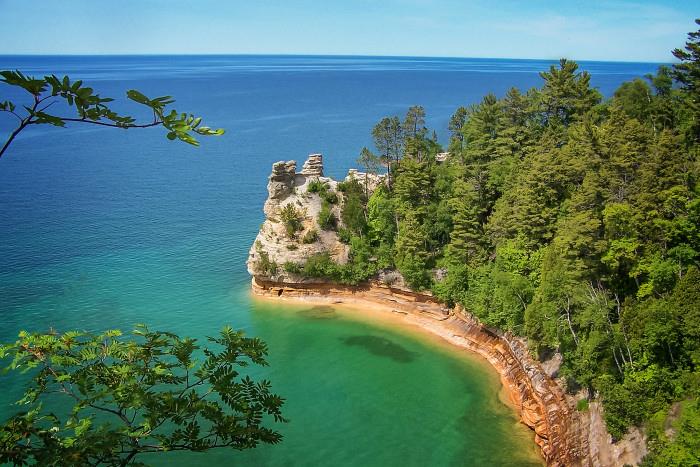
Source: AffairsCloud
Lake Superior is the largest freshwater lake in the world by surface area. It is also the deepest lake in the United States.
Lake Superior lies out on the Canada-United States border. It is the biggest lake in North America. The Canadian province of Ontario is to the north and east, and the U.S. states of Minnesota, Wisconsin, and Michigan are to the south and west of this lake.
It is the largest of the five Great Lakes, and it is connected to Lake Huron by the St. Mary's River.
The deepest point in Lake Superior is 1,332 feet (405 m), which is located in the western part of the lake. The average depth of Lake Superior is 147 feet (45 m).
Lake Michigan
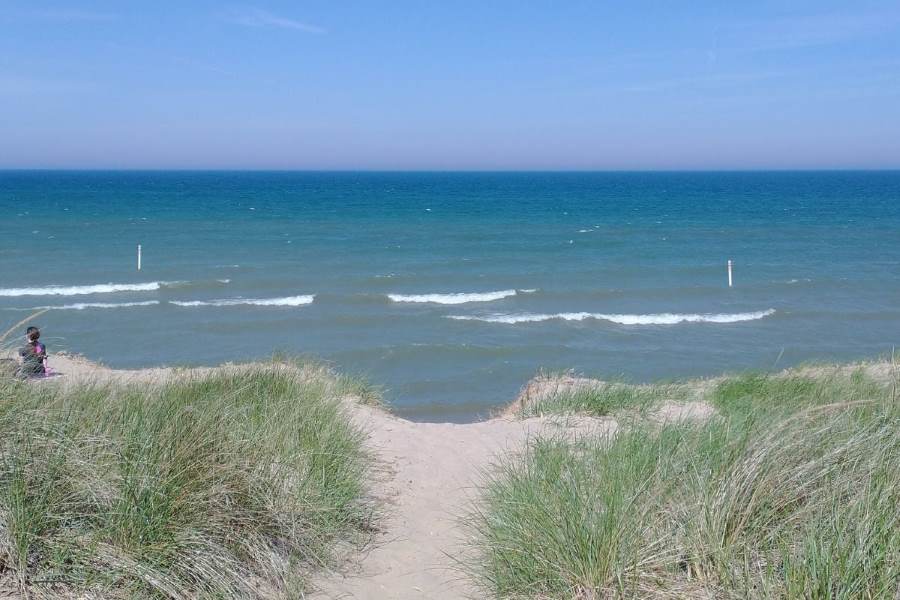
Source: Awesome Mitten
Lake Michigan is the third-largest of the five Great Lakes and the only one that is entirely within the United States. It is bordered by the states of Michigan, Wisconsin, Illinois, and Indiana. Lake Michigan is connected to Lake Huron by the Straits of Mackinac.
The name "Lake Michigan" comes from the Ojibwa word "Michigami," which means "large water." The lake was first explored by Europeans in the early 17th century.
Lake Michigan has a surface area of 22,300 square miles (58,000 square kilometres). It is about 307 miles (494 kilometres) long and 118 miles (190 kilometres) wide at its widest point.
The deepest point in Lake Michigan is 925 feet (282 meters) whereas the average depth of the lake is 279 feet (85 metres).
Lake Huron
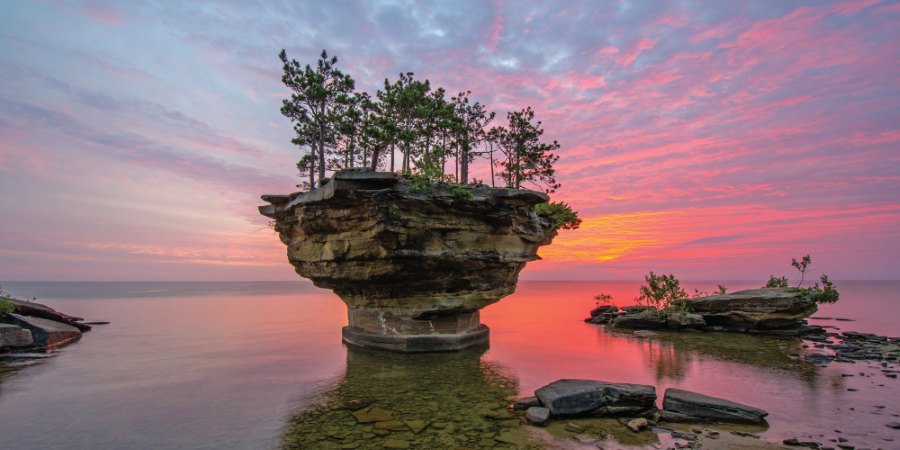
Source: Great Lakes Commission
Lake Huron is the second-largest of the five Great Lakes. It is bordered by the United States and Canada. The lake is connected to Lake Superior by the St. Marys River, to Lake Michigan by the Straits of Mackinac, and to Lake Erie by the Detroit River
The lake is about 23,012 square miles (59,600 square kilometres) in size. It has a maximum depth of 750 feet (229 meters) with an average depth of 195 feet (59 meters). The lake is about 206. 3 miles (332 kilometres) long and 180 miles (295 kilometres) wide.
It boasts over 30,000 individual islands that carry the largest island in the Great Lakes, Manitoulin Island.
Lake Erie
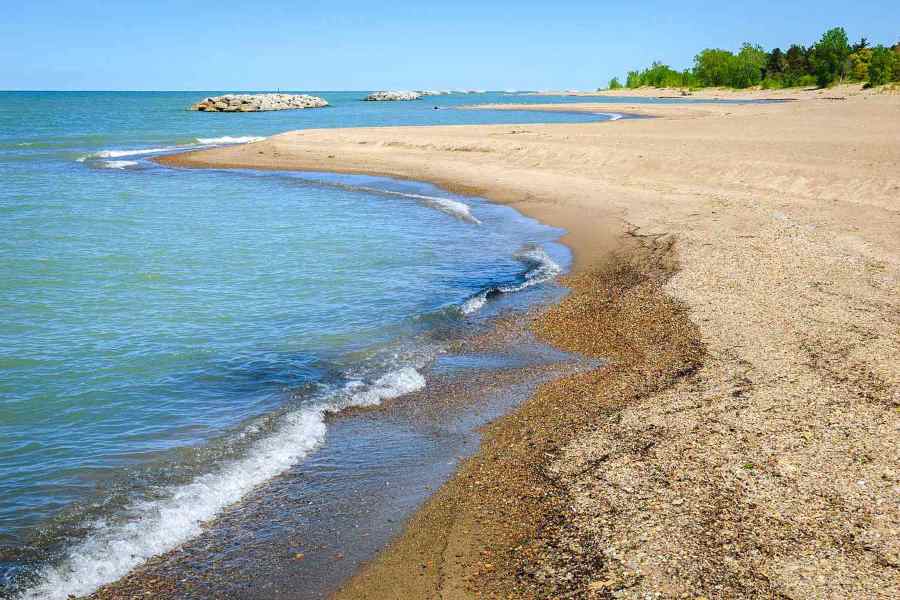
Source: Travel + Leisure
Lake Erie is the fourth-largest of the five Great Lakes, and the smallest by volume. It is located in the Midwestern United States and Southern Ontario, Canada. Lake Erie is connected to Lake Huron to the north by the Straits of Mackinac, and to Lake Ontario to the east by the Niagara River.
Lake Erie has a surface area of 9,910 square miles (25,660 square kilometres), making it the 11th-largest lake in the world. It is about 241 miles (388 kilometres) long and 57 miles (92 kilometres) wide. The deepest point in Lake Erie is 210 feet (64 metres).
Lake Ontario
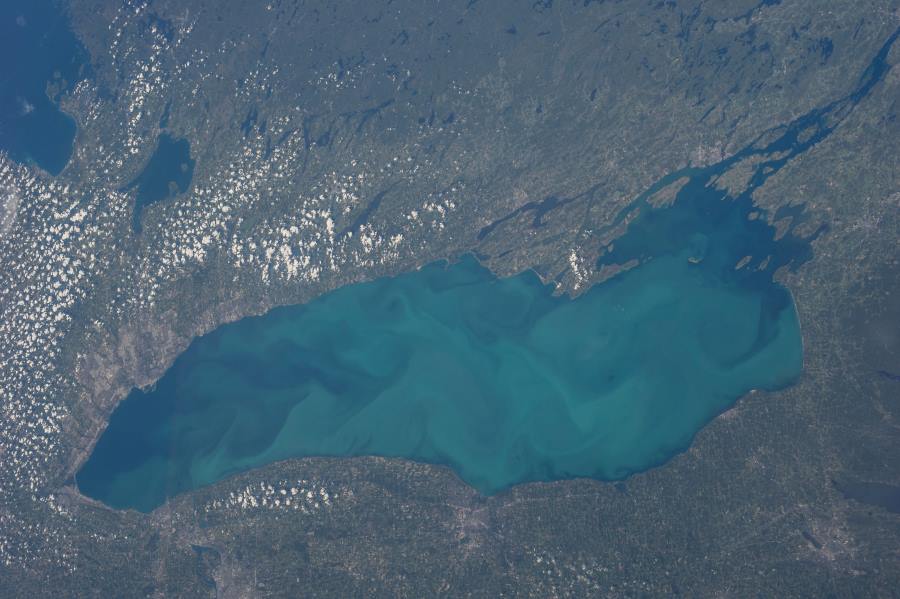
Source: Wikipedia
Lake Ontario is the smallest and easternmost of the five Great Lakes of North America. It is located between the Canadian province of Ontario and the U.S. states of New York and Pennsylvania. Lake Ontario is connected to Lake Erie to the west by the Niagara River, and to the St. Lawrence River to the east.
Lake Ontario has a surface area of 7,340 square miles (19,000 square kilometres), and it is the 14th-largest lake in the world. It is about 193 miles (311 kilometres) long and 53 miles (85 kilometres) wide. The deepest point in Lake Ontario is 802 feet (244 meters) followed by an average depth of 283 feet (86 meters).
The Great Lakes are a vital part of the North American ecosystem. They provide a home for a variety of plants and animals, and they play an important role in the region's economy. The Great Lakes are also a popular tourist destination, and they offer a variety of recreational opportunities, such as boating, fishing, and swimming.
Comments
All Comments (0)
Join the conversation